Horse Racing
“And they’re off!” Horse racing of all types is found in our racing section, including Thoroughbred, Quarter Horse, Harness, Steeplechase and Arabian racing.
Want to get lucky? Take a look at the Wagering to help guide you. Keep track of upcoming horse races and racing events in our Calendar of Events for Horse Racing.
Want to live the dream of owning a racehorse? Check out the Breeding, Partnerships, Sales & Bloodstocks sections where you can help yourself be a force in the Sport of Kings.
Need a place to train your baby and help develop his successful career? You will find both training facilities and professional racehorse trainers in our Training section. See you in the winners’ circle!
Popular Racing Sites
Horse Racing - General Information

Horses are beautiful creatures we all love to ride, but do you know much about them? Well, some surprising facts about horses will make you think twice about how much you actually know.
Yes, they might be excellent companions and champions at competing in sports events, but they’re also fascinating creatures. Horses are amazing animals, and learning about their unique features is sure to captivate you. This article will provide some interesting facts about horses you may not have known before.
Horses' eyesight
Horses' eyes are on the side of their heads, which gives them an almost 360-degree field of vision. Here are a couple of fascinating facts about horses' eyesight.
They have little vision in front of themselves
You’ve probably heard that a horse has a blind spot directly in front of its nose. This isn’t quite true. Horses have a blind spot, but it’s actually called “monocular vision,” which means they can see only one object at a time with either eye. When a horse looks at something with its left eye, it won't be able to see anything directly in front of it with its right eye at the same time.
This is because horses have binocular vision for objects within about 30 meters or so—anything farther than this distance has to be very large and close up before your horse can identify what it is they're looking at.
It's not surprising that some people think horses don't have any vision directly in front of them—but they do. It's just not as good as our own because they simply don't need such sharp focus when they're grazing on grass all day long.

December 7, 2022, New York – EquineInfoExchange.com has decades of expertise in all aspects of equestrian life and is unparalleled in publishing in this sector. We offer the most comprehensive coverage of all things horse related from wagering and gaming to racehorse sales. Our content focused on Horse Racing includes: Arabian, Quarter Horse, Harness, Steeplechase and Thoroughbred racing. We have specific sections for Racehorse Partnerships, Breeding, Sales and Bloodstock Agents and of course Wagering and Gaming.
Get these benefits from EIE where your content:
- Will be shared on social media platforms including Facebook, Twitter and Instagram. EIE has a strong social media presence with a monthly reach of over 2,500,000.
- Will be indexed by Google and permanently remain on our website.
- Will include up to 3 authority links.
“Our engaged global audience seeks out EIE daily as a source of relevant and exciting content. Our readers rely on our recommendations and invest in all aspects of racing and wagering. We continually seek and represent entertaining and informative content. We always welcome new products, ideas and companies with a high level of integrity.” – Cindy Springer, SVP Equine Info Exchange.
Here are examples of recent articles:
- Betting on the Horses: It’s Not Just About Horse Racing
- The Best Horse-Related Games To Play On Your Computer
- A Quick Guide to Horse Racing Terms
- The Best Racecourses in the World
Our Rate Card is available with information for sponsored content. Reach out to us at info@equineinfoexchange.com and leverage our popularity and highly targeted audience for your own business.
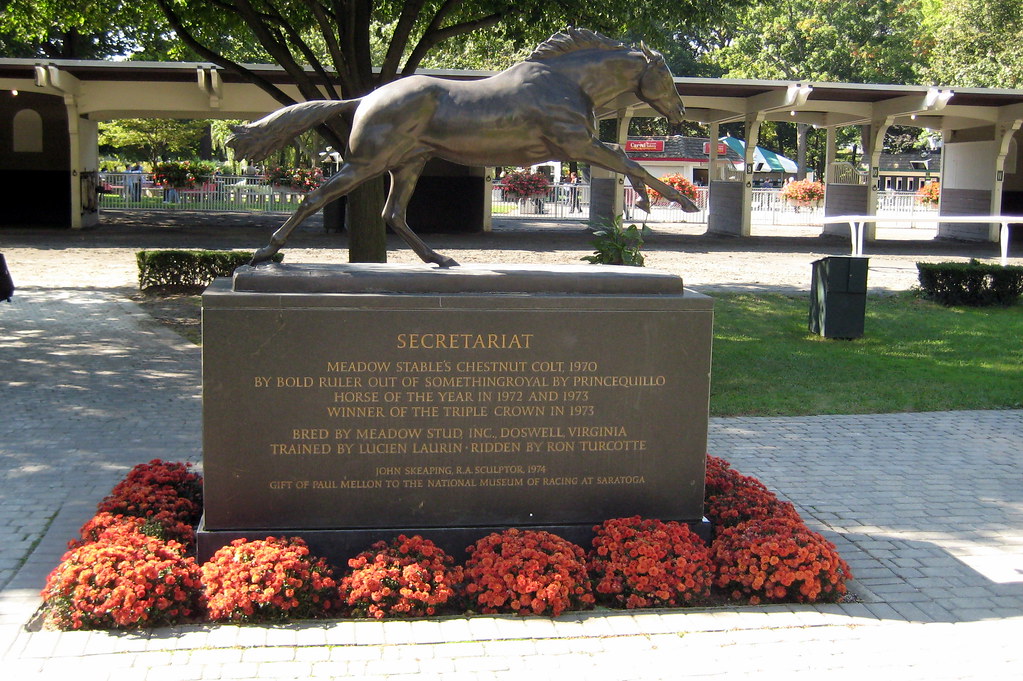
When it comes to Horse Racing, there are few races more famous and prestigious in the history of US horse racing than the Preakness Stakes. The race was established at the Pimlico race course in Baltimore, Maryland. The former Maryland Governor in 1873 named it after the American thoroughbred racehorse Preakness who won the Dinner Party Stakes on the opening day of Pimlico Race Course on October 25th 1870. For a few years between 1890 and 1908, the race was run from the Morris Park Racecourse (1890) and the Gravesend Race Track (1894-1908) before it returned to Pimlico in 1909 where it has run ever since.
About The Preakness Stakes
The race itself is specifically an American Thoroughbred horse race, and it is held every year on Armed Forces Day which is the 3rd Saturday in May. The race is 9.5 furlongs which is 1 and 3/16 miles or 1900m. The race does not use hurdles and is run on a flat dirt track and the record for the race is held by world-famous thoroughbred Secretariat at 1:53.00, a record held since 1973. Though the prize money back then wasn’t even close to what it is now, Meadow Stable won $250k in 1973, while the prize won this year by Klaravich Stables horse Early Voting, was $1.5m!
One of the many things that make the Preakness Stakes such an important race in the horse racing world is that it is part of something bigger. Not only is it an incredible and exciting race on its own, but being the second jewel in the world-famous Triple Crown of Thoroughbred Racing makes it mean so much more. The Triple Crown consists of 3 races. Jewel One, the Kentucky Derby, is held two weeks before Jewel Two, the Preakness Stakes, followed three weeks later by Jewel Three, the Belmont Stakes.
We’ve already mentioned the 1973 Triple Crown winner Secretariat, but he isn’t the only famous horse to ever run and win in the Preakness Stakes. Who could forget Smarty Jones who won the 2004 Preakness Stakes in an impressive 1:55:59. Smarty Jones was one of the most memorable Triple Crown contenders of the early 2000s and went into the Preakness Stakes on a 7 race winning streak which extended to 8 after the race in Maryland. Still, unfortunately, he couldn’t quite replicate his 11 and a half length win at Pimlico Race Course and claim the Third Jewel in the Triple Crown, missing out by just one length to Birdstone, putting an end to the Triple Crown dream.
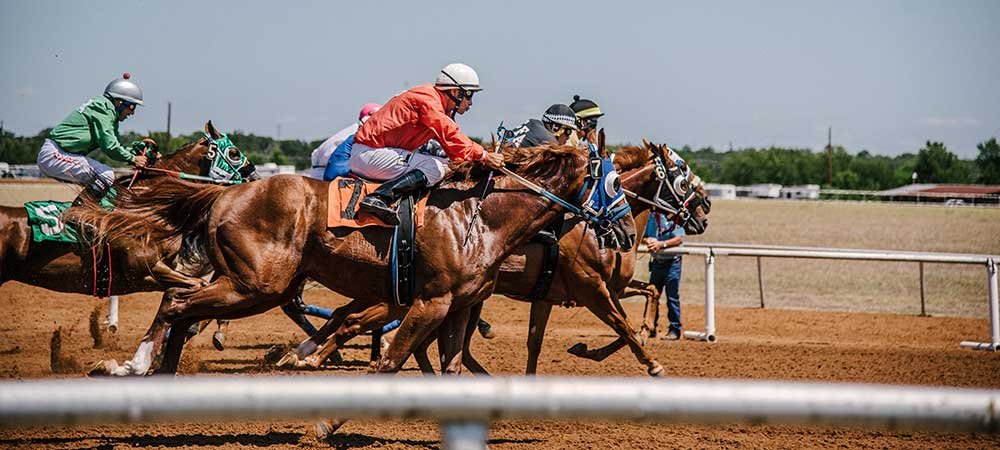
The nights are drawing in, the weather has taken a chilly turn, but for some of us it's the best time of the year. Not just because Christmas is on the way but because The Ladbrokes Christmas Festival is almost upon us, with horse betting odds already available for horse racing fans.
The National Hunt horse racing season is the best thing about dreary winter weather for punters, horse lovers and anyone who enjoys a day out in the country. Watching every single one of these magnificent creatures fly over fences and thunder past the winning post is truly exhilarating, but there are two horses who have stood out from the rest over the years, Desert Orchid and Kauto Star.
These horses proved time and time again that they had that star quality. We're going to take a look back at exactly what made them so very special to this festival and how the festival has immortalised them in return.
King George VI Chase
Without a doubt the race that made these horses so very famous is The King George VI Chase. It's the most anticipated race of the festival and the second richest in the jump racing calendar, next to the Cheltenham Gold Cup.
Whilst any horse over four years old can enter this three-mile challenge, there are two horses who have records that far outshine anyone else's, Kauto Star and Desert Orchid. Desert Orchid first flew over the eighteen fences back in 1986, taking the prize money with him. The great grey horse would achieve the same feat again in 1988, 1989, and 1990, making him the first horse ever to win four times, stealing three-time winner Wayward Lad's thunder.
His connections were keen to see him take the title of his fifth race in 1991, but it wasn't to be. The bold, front running grey made a real go of it, but fell. Seeing him struggle was not something that any of the people who love him wanted, so they called it a day and retired Dessie.
There wouldn't be another horse to even come close to challenging Desert Orchid's reign until Paul Nicholls entered the up and coming 6-year-old into the race in 2006. Nicholls had trained the double winner See More Business already, so knew what it took to win the race and had a lot of faith in the lightly raced Kauto Star. It turned out he was exactly right, Kauto Star took to the testing course like a natural and came home victorious. What nobody could have predicted is that Kauto Star would repeat the feat four times in a row.
Read more: Kauto Star and Desert Orchid, Eternal Champions of the Ladbrokes Christmas Festival
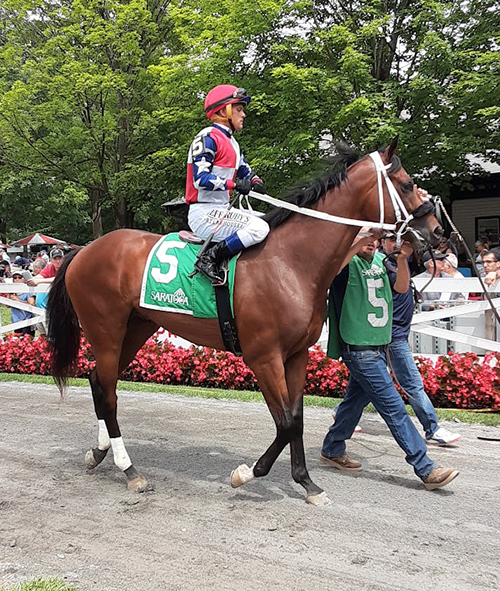
Horse racing is one of the most thrilling and beloved sports currently in existence.
Many annual racing events occur all over the world — each with its own set of distinct rules and regulations that separate it from the rest. Yet one thing stays the same: the types of horse racing terms that are used.
Horse racing can seem a little bit daunting and complex given the sheer amount of things that you need to know. But, fortunately, there are only a handful of specific terms you must familiarize yourself with.
If you want to learn more about horse racing, let’s jump right in!
Allowance
In horse racing, an allowance is the weight deduction that a horse must carry. This may be a direct result of the gender or age of the horse. It may also be judged depending on the type of jockey.
Ante-Post/Futures Bet
A phrase used to describe the act of placing a bet in the days, weeks, or months before the race day occurs. It also happens before any runners are confirmed at the final declaration stage.
Before you make a bet, ensure that you understand what it truly means. We’d recommend reading through this horse racing odds overview to find out a little bit more.
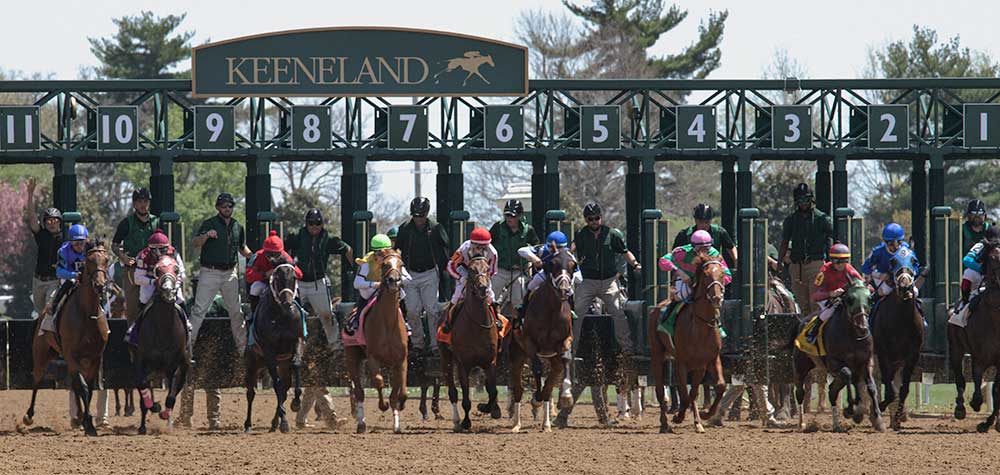
Breeders’ Cup
When: November 4 & 5, 2022.
Where: Keeneland racetrack in Lexington, Kentucky.
Not only is it the most popular US horse racing event of the Autumn months, but the Breeders’ Cup is also one of the most sought-after meetings for horse fans to watch from the calendar year. And it isn’t just North American runners who partake in the event, as the competition focuses on America’s best horses and the most talented runners from across the globe.
Read more: The Most Important Dates Remaining in The US Horse Racing Calendar 2022

Horse racing has been described as the sport of kings – and we would not argue with that. This regal sport has produced jockeys and horses that have become true stars of the sports world. But there is one aspect of the sport that sometimes gets overlooked.
Online sportsbook reviews might help you find a place to bet and horse racing reporters can tell you who should win the biggest races in the world. But the setting is sometimes just as glamorous as everything else on show. So here are five racecourses that we think are the best in the business.
Ascot, England
Home to one of the most prestigious and famous race meetings in the world, Ascot has long been a byword for elegance in the sport. Over 300 years old, Ascot has held a strong relationship with the Royal family of the United Kingdom ever since it was opened during Queen Anne’s reign.
The Royal Ascot meeting is the obvious highlight of the year, as high fashion meets horse racing for five glorious days. Ascot is home to meetings throughout the year, however, and the course is overlooked by a majestic main stand that perfectly aligns with the surrounding English countryside.
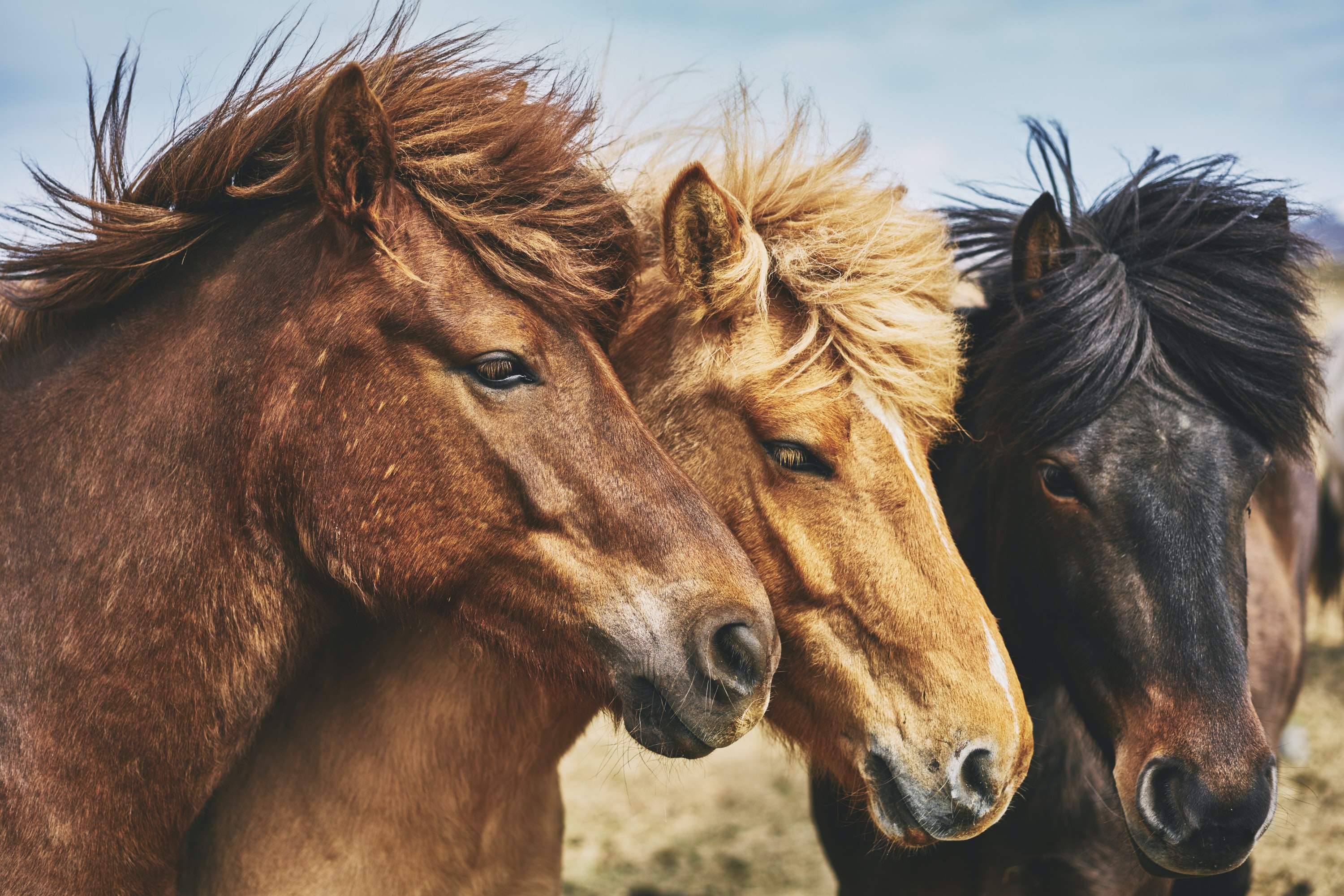
If you're a horse lover, it's possible that you'd be happy with a single horse from each breed. No harm in thinking about some of the most famous horse breeds, even if it's not going to happen. Every horse has a unique set of abilities, from working and sprinting to leisurely riding and equestrian contests. These horses are known for their versatility and pleasant temperaments. Many of these horses are suited for new horse owners and can also be used for both amusement and competition. Nevertheless, equestrians worldwide have their favorite horses, so let's have a look at some of them.
American Quarter Horse
The quickness, obedience, and suppleness of the American quarter horse have made it a popular choice for both amateur and professional riders throughout the world. This horse has the world's biggest breed registration since it was originally produced in the 16th century from Spanish and English thoroughbreds and indigenous breeds like the Native American Chickasaw horse. Horses like this shine on the field as well as in an exhibition arena.
Thoroughbred
The most famous racing horse in the United States is the thoroughbred. "Hot-blooded" horses have a reputation for their speed, quickness, and tenacity; this breed of horse is no exception. It's a great all-around horse, capable of competing in jumping and dressage in addition to racing. This is why thoroughbred horses are famous in the Middle East and North African countries where people love to bet on horse races as well as other sporting events. The best betting sites there make it really easy for the bettors to place their bets safely and anonymously on any sports they like not just horse racing. Moreover, there are really good tips as well as a list of bonuses enhancing their overall experience online.
Read more: Which Horse Breeds Are the Most Popular in the World?

Horse racing is one of the oldest sports in the world. It has remained largely unchanged for thousands of years, with many countries contributing to the long and illustrious history of equestrian performance sports.
From the most surprising grand national wins to highly anticipated Grand Prix races, horse racing tournaments are exciting events that remain as popular as ever. But how did these races start out? What made them so popular in the first place?
In order to discover the truth, let’s take a look at the history behind horse racing, including its origins, the evolution of racing over time, and the racing classics that define modern horse racing.
Origins
Unfortunately, no one seems to know when the very first horse race occurred. This is likely due to the fact that racing is a fairly primitive concept, and we understood its appeal long before the development of writing or other records of history.
Competition racing can be traced back to early civilizations such as Ancient Rome, Ancient Greece, and Babylon. Chariot racing and mounted horse racing were the first known examples of horse racing, and they were official events in the Greek Olympics from 648 BC onwards.

Racing Industry Partners Join with UK to Support Promising mRNA Biomarker Research Into Preventing Catastrophic Racehorse Injuries
By Holly Wiemers
Catastrophic injuries in Thoroughbred racehorses are a top concern for the racing industry and for its fans. Researchers at the University of Kentucky’s Gluck Equine Research Center share that sentiment and recently began a large study to validate previous research suggesting it is possible to detect specific markers that indicate an injury before it becomes career- or life-ending.
According to project lead Allen Page, staff scientist and veterinarian at the Gluck Center, and project collaborator Emma Adam, assistant professor and industry liaison at the Gluck Center and UK Veterinary Diagnostic Laboratory, the end goal is to be able to conduct an inexpensive and straightforward pre-race blood test identifying horses at risk of catastrophic injury, possibly allowing for intervention before those injuries happen.
Previous research has shown that a majority of catastrophic injuries occur in horses with underlying or pre-existing musculoskeletal pathology, leading to the theory that catastrophic racing and training injuries are due to the accumulation of damage over time at a rate that exceeds the healing capacity of affected tissues.
Read more: Research Preventing Catastrophic Racehorse Injuries
- Arabians: the Original Racehorse, Soaring into 21st Century Hearts
- Steal the Thunder
- Why the Jockey is Just as Important as the Horse They Ride
- No Fairytale Bid for Grand National Hat-Trick as Tiger Roll is Withdrawn
- Betting on the Horses: It’s Not Just About Horse Racing
- How Much Money Does a Cheltenham Gold Cup Winning Horse Make Over Time?
- UK’s Best Horse Racing Tracks
- Scientific Research Into Equine Vision Improves Safety in Jump Racing
- Five Unique Horse Racing Tracks In New York
- Sudden Cardiac Death in Racehorses: What We Know and Still Don't









